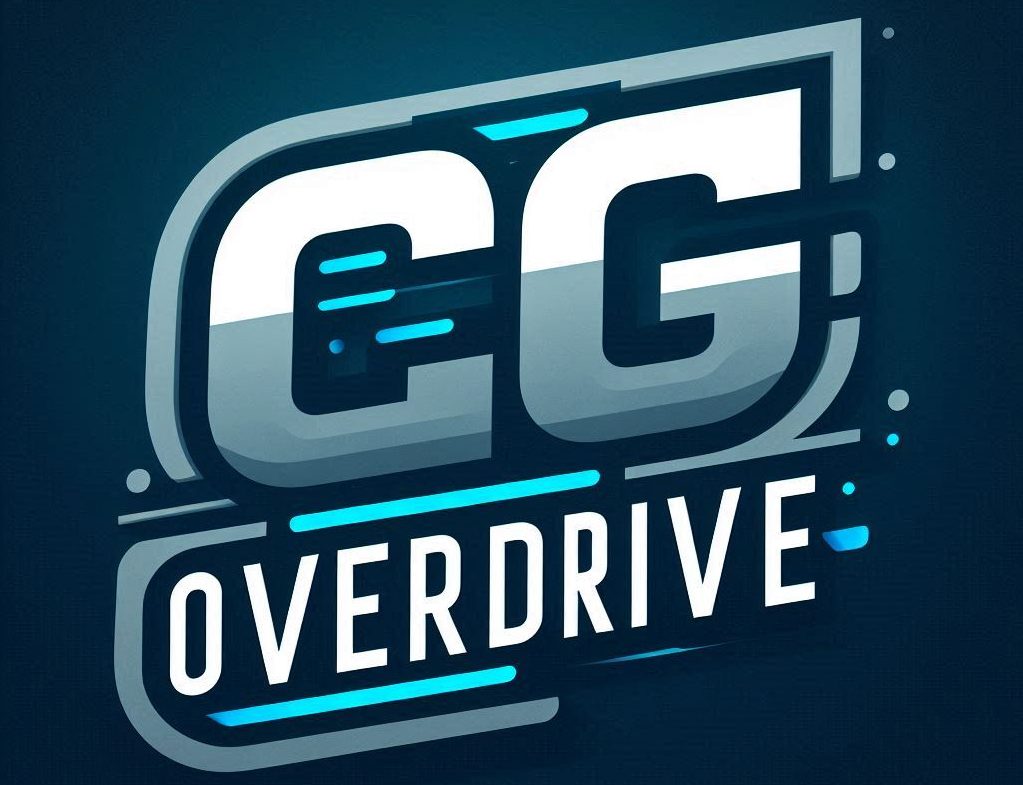Virtual Reality: Revolutionizing the Future of Computer Graphics
Virtual Reality (VR) stands at the crossroads of creativity and technology, reshaping computer graphics (CG) in unprecedented ways. Unlike traditional visual media, VR immerses users within a fully digital environment, demanding a meticulous blend of real-time rendering, spatial awareness, and user interaction. For CG professionals and enthusiasts alike, mastering VR is not just a venture into new storytelling modes but a gateway to pushing technical boundaries.
The Significance of VR in the CG Industry
Virtual Reality isn’t merely a gimmick; it’s transforming industries—from gaming and education to healthcare and architecture—through compelling, immersive experiences. Within the CG landscape, VR challenges artists and developers to rethink scaling, perspective, and user presence. This paradigm shift elevates CG from a passive visual experience to an interactive, sensory-rich environment.
The starker complexity and demands of VR elevate CG workflows, making optimization, fidelity, and interactivity paramount. The fusion of visual effects techniques with VR’s real-time rendering leads to new opportunities for innovation and storytelling—perfectly harnessing the power of CG’s artistry combined with cutting-edge technology.
Core Technical Pillars of VR-Driven Computer Graphics
| Pillar | Description | Impact on VR CG |
|———————|——————————————————–|—————————————————–|
| Real-Time Rendering | Instantaneous frame generation for smooth interaction | Requires highly optimized assets, shaders, and geometry for low latency |
| Spatial Audio | Sound synchronized to 3D environment | Enhances immersion, guiding user attention |
| Head and Motion Tracking | Accurate user position and orientation data | Critical for presence and reducing motion sickness |
| Stereoscopic Display | Dual-eye rendering for 3D depth perception | Demands doubled rendering workload |
| Haptics Integration | Physical feedback synced with visuals | Adds tactile dimension to experience |
Understanding these pillars allows CG artists to tailor content that meets VR’s demanding performance and quality standards.
Practical Advice for Creating VR Content in Computer Graphics
Developing compelling VR content requires balancing visual fidelity with performance constraints. Here are essential strategies:
– **Optimize Polygon Counts Without Sacrificing Detail:** Use level of detail (LOD) techniques to dynamically reduce geometry complexity based on user distance and priority.
– **Leverage Physically Based Rendering (PBR):** PBR materials enhance realism by accurately modeling light-material interactions, critical for believable VR worlds.
– **Design for User Comfort:** Avoid excessive motion and sudden camera movements. Maintain high framerates (90+ FPS) to reduce motion sickness.
– **Employ Efficient UV Mapping and Texturing:** Optimize textures for memory and performance while maintaining sharpness through techniques like texture atlasing.
– **Use Shader Optimization:** Tailor shaders for VR platforms, minimizing expensive operations. Consider forward rendering pipelines for efficiency.
– **Incorporate Interactive Elements:** Design intuitive user interfaces and compelling triggers to foster engagement.
Expert Insights: The Future Trajectory of VR in Computer Graphics
VR integration in computer graphics will continue evolving alongside several key trends:
– **AI-Driven Content Generation:** Procedural generation and AI-powered asset creation will streamline the production of vast immersive worlds.
– **Enhanced Photorealism:** With advances in real-time ray tracing and global illumination, VR environments will approach indistinguishable likenesses of reality.
– **Cross-Platform Experiences:** Seamless VR content scalable across mobile, console, and high-end PC platforms will dominate, demanding adaptable CG workflows.
– **Mixed Reality Fusion:** Augmented Reality (AR) elements blending with VR will create hybrid experiences, prompting new CG challenges in layering virtual and real assets.
– **Cloud-Based Rendering:** Offloading heavy rendering tasks to cloud servers will enable lighter, more accessible VR hardware without compromising quality.
These advancements will not only broaden VR’s reach but also deepen the complexity and artistry possible within CG.
Empowering CG Artists: Tools and Frameworks for VR Mastery
Success in VR demands familiarity with specific tools and frameworks bridging CG and immersive technology:
1. **Game Engines:** Unity and Unreal Engine remain industry leaders, offering powerful VR toolkits, real-time rendering, and physics simulation essential for CG in VR.
2. **3D Modeling Software:** Blender, Maya, and 3ds Max provide robust asset creation pipelines tailored for VR optimization.
3. **VR SDKs:** Platforms like Oculus SDK, SteamVR, and OpenXR provide crucial interfaces for hardware interaction and tracking integration.
4. **Performance Profilers:** Tools such as RenderDoc, NVIDIA Nsight, and Unity Profiler help diagnose bottlenecks for smooth VR experiences.
5. **Version Control:** Git and Perforce ensure collaborative workflows necessary for complex VR projects involving multidisciplinary teams.
Step-by-Step Framework for Crafting VR Computer Graphics Projects
1. **Conceptualize User Experience:** Define the VR narrative, spatial layout, and interaction design based on target audience and platform capabilities.
2. **Prototype Low-Fidelity Environments:** Create rough versions to test spatial scale, navigation, and interaction mechanics.
3. **Develop Optimized 3D Assets:** Build detailed models with LODs and efficient UV maps focused on rendering constraints.
4. **Implement Real-Time Lighting and Materials:** Apply PBR techniques and bake static lights where possible.
5. **Integrate User Interaction and Tracking:** Program responsive controls leveraging VR SDKs for head, hand, and motion input.
6. **Test and Optimize Performance:** Analyze framerates and latency, adjust assets and shaders accordingly.
7. **Conduct User Testing:** Gather feedback on comfort, usability, and immersion.
8. **Polish Visual Effects:** Add particles, dynamic shadows, and spatial audio for a complete sensory experience.
9. **Deploy and Iterate:** Launch on target platforms and refine based on analytics and user insights.
Harnessing VR’s Potential: Inspiration for CG Innovators
VR is a frontier where art and code merge seamlessly. As computer graphics professionals, embracing VR means championing immersive storytelling that captivates and transports users. Innovate fearlessly with real-time techniques, experiment with new interaction models, and collaborate across disciplines—from sound design to hardware engineering—to unlock VR’s full CG potential.
“Virtual reality is the first step in a grand adventure into the landscape of the imagination.” – Frank Biocca
Whether you’re a seasoned developer or a visionary artist, mastering the interplay between VR’s technological demands and creative possibilities is the key to pioneering next-generation computer graphics experiences. The future of immersion lies in your ability to blend pixels with presence, code with creativity, and vision with virtuality.
